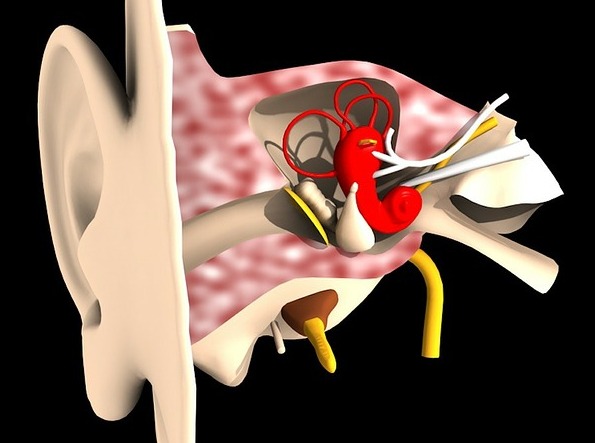The process of the human body hearing is incredibly complex and also a fascinating and practical topic to study. An important aspect of the ear itself is the bone structure and in fact, the three smallest bones in your body are found in your ear.
They are the three auditory ossicles:
- The malleus
- The incus
- The stapes
These tiny bones are found in the middle ear and are named in Latin after their shapes – the hammer, anvil and stirrup respectively
At South East Hearing Care Centres we are specialists in hearing loss. Below we detail how we hear, how hearing loss is caused and solutions to impaired hearing. If you would like more information or would like to book a hearing test our friendly staff will be happy to help – contact our branch closest to your location.
The role of ear bones in hearing and hearing loss
How do we hear?
Simply put, the malleus, incus and stapes are amplifiers which translate the energy of sound waves from the air into our ears. Sound waves are vibrations that travel down our ear canal and onto the eardrum, using the ossicles to amplify and move the sound waves into the cochlea in your inner ear.
This triggers nerve stimulation to the brain and the vibrations are converted to proper sound that the brain can digest and understand.
All of this happens in fractions of a second and your brain can instantly understand and digest sounds.
How is hearing loss caused?
Hearing loss can be caused through a range of different ways, as the hearing system is so complex. When it comes to the ear bones, they may be extremely small but this doesn’t make them weak and brittle, they are actually really resilient and mighty.
Injury
However, damage to them can be quite serious and can cause significant issues with your hearing. For example, if they became dislocated or broken this would result in serious hearing loss, known as conductive hearing loss.
Conductive hearing loss is caused when sound vibrations can’t be transmitted to the inner ear properly, meaning the cochlea is not able to get enough information about what is being heard, resulting in impaired hearing.
This can easily be repaired through surgery, where an artificial prosthesis is inserted, replacing the broken bone.
Rigid joints
Occasionally, the joints between the ossicles can become rigid, known as otosclerosis. This tends to be the stapes fusing with the surrounding bones and becoming fixed in place, meaning it’s not able to efficiently transmit vibrations into the cochlea.
Symptoms include:
- Hearing loss
- Difficulty hearing deep sounds
- Difficulty hearing whispers
- Ability to hear your own voice louder than it is
- Hearing is actually better when there is background noise
- Tinnitus type symptoms – such as hearing buzzing or humming
- In rare cases – dizziness
Again, this can be fixed through surgery or hearing aids, depending on the seriousness of the hearing loss.
Anatomy of the ear
Below is a diagram showing the anatomy of the ear where you can see the ear bones, eardrum, cochlea and other parts of the ear.
Get in touch
If you are worried about your hearing, maybe you have symptoms of hearing loss or have had an injury recently that you think may have impacted your hearing, we can help.
Get in touch with our team or contact your local clinic to book in for a hearing check.

